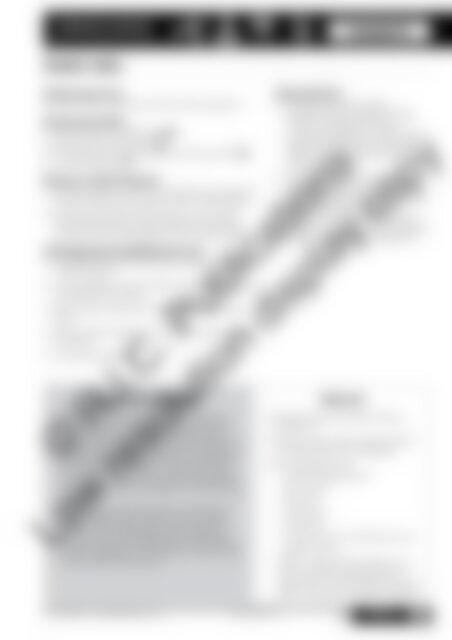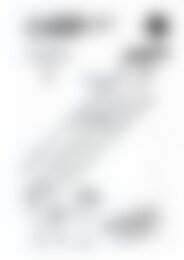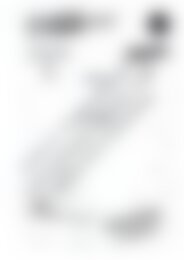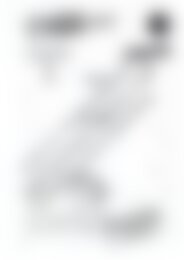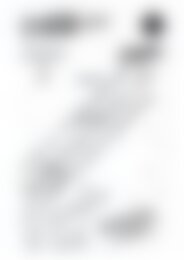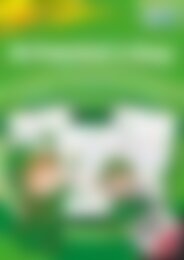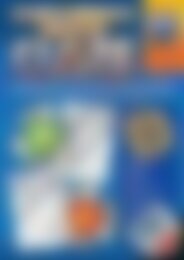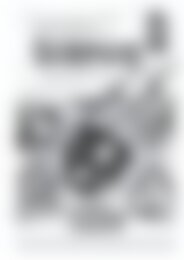6172RB Science a STEM approach Year 2 low res watermark
Create successful ePaper yourself
Turn your PDF publications into a flip-book with our unique Google optimized e-Paper software.
Chemical sciences<br />
LIVING IN A MATERIAL WORLD<br />
Lesson 6<br />
Teacher notes<br />
<strong>Science</strong> inquiry focus:<br />
How does paper recycling involve mixing materials?<br />
<strong>Science</strong> Inquiry Skills:<br />
• Questioning and predicting QP<br />
• Planning and conducting PC<br />
• Processing and analysing data and information PA<br />
• Communicating C<br />
<strong>Science</strong> as a Human Endeavour:<br />
• Students observe mixtu<strong>res</strong> of materials, ask questions<br />
about and describe properties of the combinations.<br />
• Students understand that science is used in daily<br />
life, including when mixing materials to make new<br />
materials, like recycling paper into another product.<br />
Technology/Engineering/Mathematics links:<br />
• investigating paper recycling by watching an online<br />
video as a class<br />
• using a digital camera or iPad® to take a photograph<br />
and observe the mixture<br />
• playing with materials to create design ideas like a<br />
bowl<br />
• exploring the properties of materials that are needed<br />
for a bowl<br />
• measuring ingredients<br />
Background information<br />
• Mixing materials together creates a mixture.<br />
The substances are physically combined and<br />
can be separated again by methods such as<br />
sieving, filtering or evaporating. The change can<br />
be reversed and a new material is not formed.<br />
For example, when paper is mixed with water<br />
it can be returned back to paper by drying out<br />
the water with heat, as happens in the recycling<br />
process.<br />
• If the papier-mâché bowls did not have glue<br />
and salt added, they would dry to be similar<br />
in feel to the original egg carton cardboard.<br />
For the purpose of creating a bowl, the paper<br />
needs to dry harder. The addition of glue to the<br />
mixture adds this property.<br />
Assessment focus:<br />
• Use page 63 as a formative<br />
assessment of the student’s ability<br />
to think scientifically through<br />
creating a hypothesis, conducting an<br />
experiment, fol<strong>low</strong>ing a procedure,<br />
observing <strong>res</strong>ults and making a<br />
conclusion.<br />
• Observe students’ <strong>res</strong>ponses<br />
during the reflection to gauge their<br />
understanding that recycling involves<br />
mixing materials together for a<br />
purpose, and that materials can be<br />
added to enhance a desired property,<br />
like glue to make something hard.<br />
Resources<br />
• Recycled paper and bins from the<br />
classroom<br />
• How it’s made—paper recycling video<br />
at <br />
• Bowl making activity:<br />
— cardboard egg cartons<br />
— warm water<br />
— 2 tsp salt<br />
— 3 tbsp glue<br />
— cling wrap<br />
— various bowls or containers to use<br />
— digital camera<br />
Note: To save time the teacher may<br />
wish to soak the ripped pieces of<br />
egg carton in warm water prior to the<br />
lesson. Two hours should be sufficient.<br />
© R.I.C. Publications<br />
Low <strong>res</strong>olution display copy<br />
R.I.C. Publications® – www.ricpublications.com.au 978-1-925431-95-7 YEAR <strong>Science</strong>:<br />
2 A <strong>STEM</strong> APPROACH 61


